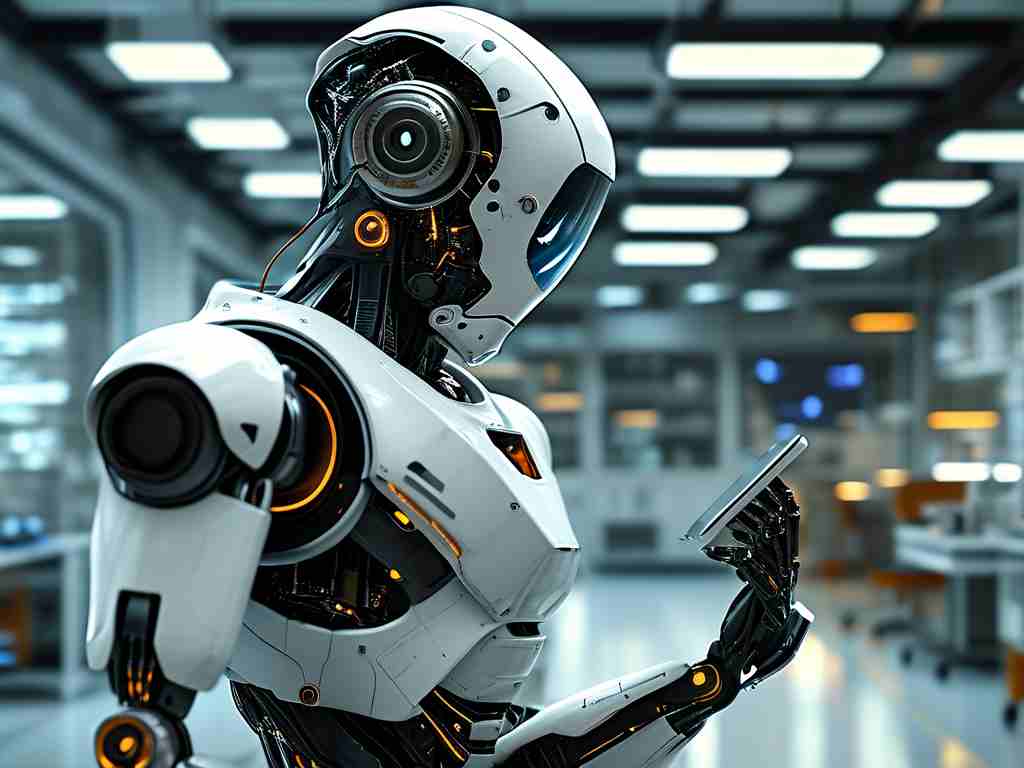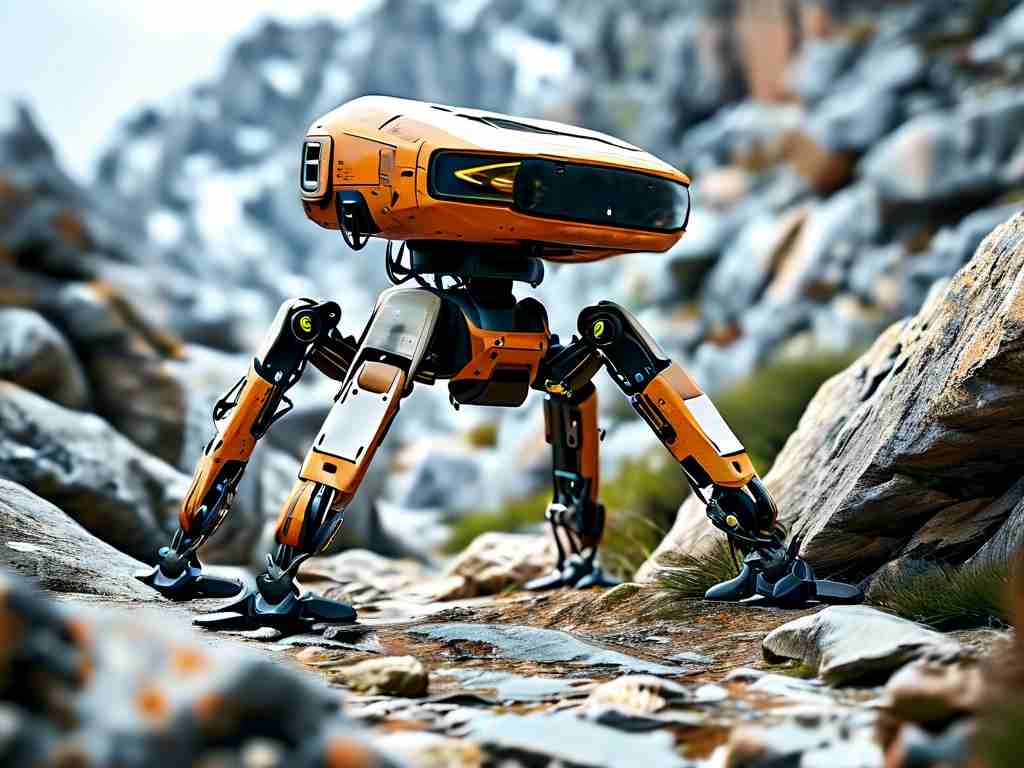The rapid advancement of Alpha robotics technology has transformed industries, from manufacturing to healthcare. To harness its full potential, organizations must adopt a strategic approach that balances technical expertise, ethical considerations, and operational adaptability. This article explores actionable methods to effectively control and optimize Alpha robotics systems while addressing common challenges.

Understanding Alpha Robotics Fundamentals
Alpha robotics refers to autonomous systems equipped with advanced machine learning algorithms, sensor fusion capabilities, and real-time decision-making frameworks. Unlike conventional robotics, Alpha variants demonstrate self-improving functionality through continuous data analysis. For instance, in automotive assembly lines, these robots can adjust welding patterns based on material thickness variations detected by LiDAR sensors. Developers often use Python-based control interfaces, such as ROS (Robot Operating System), to program core behaviors:
# Sample code for sensor feedback loop
from alpha_robotics import SensorManager, MotionController
def adaptive_movement():
sensor_data = SensorManager.get_lidar_readings()
optimal_path = MotionController.calculate_trajectory(sensor_data)
MotionController.execute_movement(optimal_path)
Implementing Cross-Department Collaboration
Successful integration requires breaking down silos between engineering, data science, and operations teams. A pharmaceutical company recently reduced robotic medication sorting errors by 40% after establishing a joint task force. This team standardized communication protocols using UML diagrams to map decision nodes in robotic dispensing workflows, ensuring all stakeholders understood system limitations and failure modes.
Adaptive Maintenance Frameworks
Traditional preventive maintenance schedules often prove inadequate for Alpha robotics. A 2023 study revealed that predictive maintenance models using vibration analysis and thermal imaging reduce downtime by 58% compared to calendar-based approaches. Technicians at a Singaporean semiconductor plant now monitor motor degradation patterns through IoT-enabled edge computing devices, triggering maintenance alerts when bearing friction exceeds 0.25Nm.
Ethical Governance Structures
As Alpha robots handle sensitive tasks like patient care or legal document analysis, organizations must implement ethical AI guidelines. The Zurich Protocol for Robotic Ethics recommends:
- Establishing clear accountability matrices for robotic decisions
- Maintaining human override capabilities in all autonomous systems
- Conducting quarterly bias audits of training datasets
A European hospital network demonstrated this by creating an ethics review board that evaluates robotic surgery protocols against 78 safety and fairness parameters before deployment.
Skill Development Initiatives
Workforce training remains critical. Hyundai Robotics Academy’s certification program combines virtual reality simulations with hands-on troubleshooting labs. Participants learn to diagnose common issues like encoder misalignment or PID loop instability through realistic failure scenarios. Companies adopting similar programs report 30% faster deployment cycles for new robotic installations.
Scalability Considerations
While pilot projects often focus on single-task robots, enterprise-scale deployment demands interoperable systems. Amazon Robotics solved this by developing a universal API layer that allows packaging, sorting, and inventory robots to share situational awareness data. Their warehouse systems now automatically reroute robots during conveyor jams using a combination of WiFi 6E and ultra-wideband positioning.
Environmental Adaptation Techniques
Alpha robots operating in dynamic environments require robust anomaly detection. Boston Dynamics’ Spot robot uses multimodal sensor fusion—combining IMU data, camera feeds, and acoustic sensors—to navigate construction sites. When encountering unexpected obstacles like spilled concrete, its reinforcement learning model generates 14 possible evasion paths within 200ms, selecting the option with the lowest energy expenditure.
Cost Optimization Strategies
ROI analysis should account for both direct and indirect savings. A logistics company reduced packaging material waste by 22% after integrating vision-guided robots that calculate optimal box sizes. However, leaders must also budget for cybersecurity upgrades—a recent Forrester report showed that 68% of robotic systems lack sufficient encryption for critical control signals.
Future-Proofing Investments
With quantum computing advancements promising to revolutionize robotic processing speeds, forward-looking organizations are investing in modular hardware architectures. NVIDIA’s Omniverse platform allows engineers to test robotic designs in physics-accurate digital twins, validating performance under hypothetical conditions like increased gravitational forces or electromagnetic interference.
By embracing these multidimensional strategies, businesses can transform Alpha robotics from experimental technology into a sustainable competitive advantage. The key lies in maintaining human-centric design principles while leveraging autonomous capabilities to enhance precision, efficiency, and innovation across operational landscapes.



